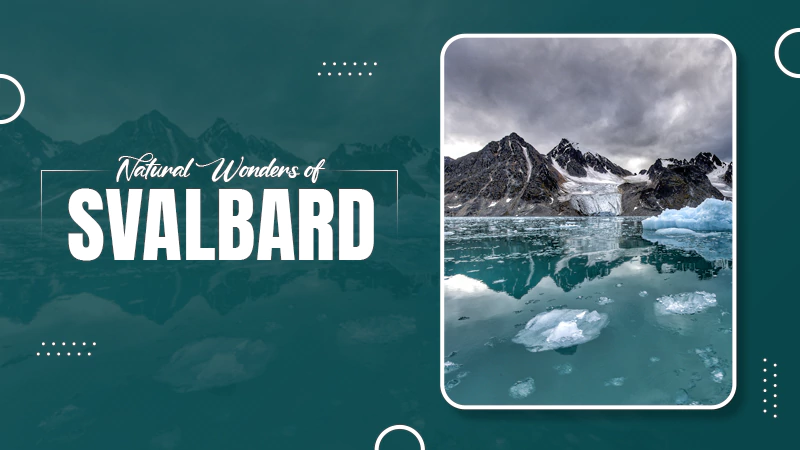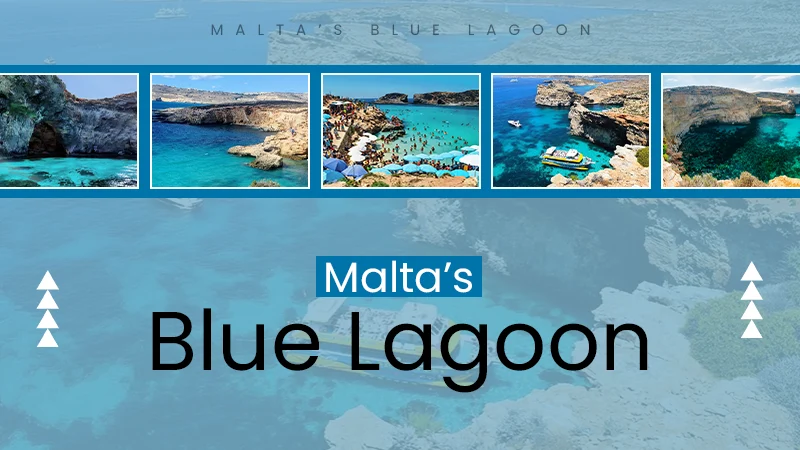
KEY TAKEAWAYS
- Discover the frozen frontiers of Isfjord and the glacial valleys
- Uncover the beauty of Nordaustlandet, Longyearbyen, and the midnight sun
- Understand why 2025 stands out for Svalbard visitors
There is a beautiful quote by St. Augustine, a Christian philosopher, that goes like ‘The world is a book, and those who do not travel only read one page’.
And trust me, I am not one on the first page. Are you also a travel enthusiast like me? If yes, then I’m here with a beautiful destination that needs to be on your bucket list.
Right in the middle of the Norwegian mainland and the North Pole, you will see a special collection of islands, Svalbard. The only natural way to move around here is via the sea.
Trust me, sailing and travelling here is a very tough task; this is real wilderness, a land where you can view nature in its rawest form. Curious to know more about this place? Let me take you on a beautiful journey through this article!
Frozen Frontiers of Isfjord and the Glacial Valleys
The moment me and my travel buddies stepped out of our buses, we were taken aback by the beautiful glaciers and the stunning fjords. Since we had already booked a kayak for our group, we got to take a closer look at this beauty.
And are you aware that the Isfjord of the largest fjord in Svalbard? Thanks to our certified guides who made this journey even more eventful and educational by dropping facts about the place in between.
The Polar Bear Kingdom of Nordaustlandet
One of the most vivid images that comes to my mind when I think about this place are the fierce polar bears, roaming around freely in their natural habitat; a sight to behold.
Not exaggerating, you will see a lot of them on this journey, especially in Nordustlandet. Fascinated by this fact, I too was and that is exactly why I booked a guided tour to observe them safely from a distance.
Longyearbyen – Where Civilization Meets Arctic Wild
A trip to Svalbard could not be complete without visiting Longyearbyen, the biggest town in Svalbard and the literal entry point to this place. Some might think that this place would offer nothing but mountains of snow. Well, yes it is completely covered in snow but Guess What!! It is still lively.
Streets full of cozy cafes, and unique craft shops was exactly what I needed after a tiring (but exciting) bear watching session, and this place did not disappoint me. And the cherry on top was the local museum; so much to adore, so much to learn!
The Magical Light of the Midnight Sun
Imagine your days start with rays of the sun and end with it too. Shocked? I was too when I got t o know that from late April to mid-August, you will see the sun 24/7.
So if you visit at this time, going on hiking in the middle of the night with the sun rays will become possible.
Marine Life of the Arctic Seas
Do you think that the water around Svalbard is too cold to survive? Sorry, you’re wrong, but you are not the only one who thinks that way, this is a common misconception. This water is full of life, and as an eyewitness to it, I guarantee you.
Booking the cruise to the Arctic seas was one of the best decisions I made for this trip. We rented a boat and and got to see various sea creatures closely including, minke whales, blue whales, or even orcas. It was just so wonderful to see these ocean giants in their actual home.
And the adventure did not end their, we took it a step further. Because then it was time to go snorkeling, and the only word that can describe it would Be ‘MAGICAL’. The underwater world of the Arctic seas is more colorful and lifelike than I ever imagined. If you ever get the chance, must try it. Trust me, you will not regret it.
Why 2025 Stands Out for Svalbard Visitors
Since my last visit to Svalbard, I’ve got to know that the things have improved, credits to the growing ecotourism.
If you visit now in 2025, you will be able to enjoy new hybrid boats, better eco-friendly places to stay, and more wildlife protection to make your trip safer and more enjoyable.
Why is it dark for 4 months in Svalbard?
4 Months end up in the dark in Svalbard because this place is so far from the north.
Can you speak English in Svalbard?
Yes, because English is widely spoken and understood throughout the Svalbard archipelago.
What is the currency in Svalbard?
The currency here is Norwegian kroner (NOK).
Is Svalbard cheap to live in?
It is quite expensive because everything here is imported, including food.











